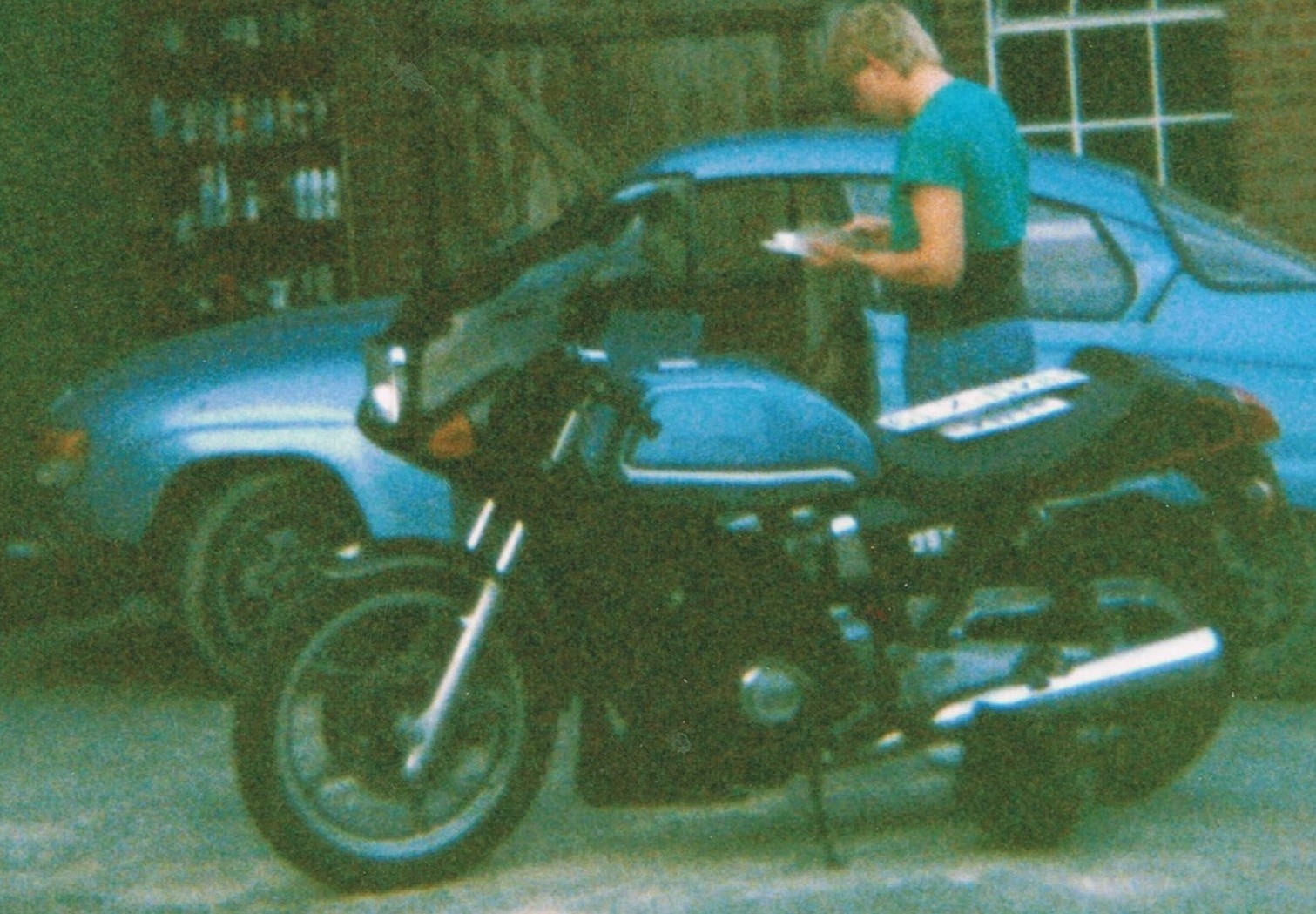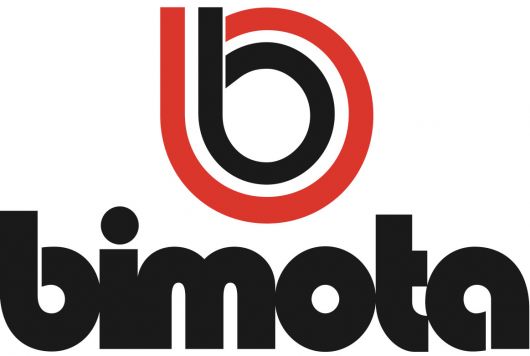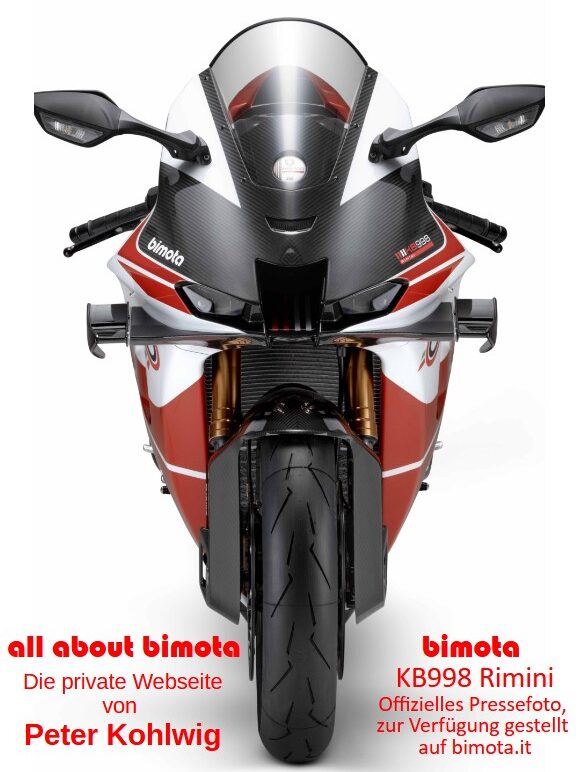Good things take time
At the age of 14, my relationship with motorized two-wheelers begins. It all starts with the Scout, a moped from Demm, a now largely forgotten manufacturer from near Bologna. A moped doesn’t really make much sense, as I can neither go faster nor farther than I could on my racing bicycle. But purchases don’t always have to be rational. Besides, the Demm is affordable and easy to derestrict—just remove a restrictor from the intake manifold, and suddenly, it goes at least as fast as my racing bicycle. When my 15th birthday finally arrives, I get up at sunrise and set off on my first ride.
At 16, I enter the Kreidler scene. Several bikes are disassembled, and the best parts are combined to create a moped optimized both visually and in performance. After all, the goal is to keep up with the big 50cc bikes and the emerging 80cc models. Exciting times with lots of experiences—and major engine failures.
Then, the time finally comes for real motorcycles. At 17, I buy a Yamaha XS 360 from my cousin, as its 27 horsepower makes it affordable to insure. On my 18th birthday, I pick up my driver’s license from the road traffic office, and my life as a motorcyclist begins. I ride in all weather conditions, and even the approaching winter doesn’t change that.
However, the first chapter of my motorcycling life comes to an end when I start university. The large A0 drawing rolls, standard for mechanical engineering students at the time (since CAD wasn’t used than), don’t mix well with riding a motorcycle. But thanks to my generous brother, who lets me use his bikes, I still get the chance to ride now and then.

During an internship after my fourth semester (important because by then, the design courses are finished, and mechanical engineers no longer need to carry drawing rolls), I meet Andreas, who wants to sell his Suzuki GSX 1100. I can’t resist the temptation. This was the big bike of the early 1980s and, at its launch, the most powerful production motorcycle in the world. The fact that this particular one has a blue fuel tank—which clashes with the black-painted Pichler full fairing, as well as the black side covers and tail section—doesn’t bother me at the price he’s asking.
However, I must admit that I completely underestimated the maintenance costs of the 1100. Insurance is expensive, and wear-and-tear parts add up—especially rear tires, which suffer considerably on highway rides. Owning both a car and a motorcycle puts too much strain on my wallet, and my time with the GSX is short-lived. In the years that follow, I continue taking advantage of my brother’s generosity.
It takes another 20 years before the desire for my own motorcycle grows stronger again. I know that work and family will leave me little time for riding, but if I don’t put a bike in my garage, it will never happen at all. So, I go on numerous test rides in search of the right bike—Kawasaki Hayabusa, Honda XX Blackbird, BMW 1100R, and Ducati 916. While I’m impressed by the Hayabusa’s handling and the 916 leaves me grinning from ear to ear during the ride, I keep looking.
Eventually, I find myself at ZTK Erlebniswelt Motorrad in Schneverdingen, a multi-brand dealer with an exhibition space that feels almost like a trade show. Among the various models, there’s a small section dedicated to Bimota, which ZTK had represented as the official importer for Germany until their insolvency in 2000. That’s where I spot an SB6R, and it immediately catches my eye. While talking to the salesman, I ask for the previous owner’s contact details to get first-hand information.
The next day, I call the previous owner, Jürgen, from Peine. He confirms that I can buy the SB6R without hesitation. When I ask why he sold it, he tells me that it had a small dent in the tank—and since it bothered him, he bought the exact same model again without the flaw. Honestly, the dent is so minor that I hadn’t even noticed it. Then Jürgen asks what ZTK is asking for the bike. When I tell him the price—just under €8,000—he replies, “You could have mine for that price too.” Now things get interesting. If the ZTK SB6R already looks great, Jürgen’s replacement must be even better. I’m immediately intrigued and arrange a visit.
When I arrive at the given address, I find myself in front of a well-maintained, renovated farmhouse, which also serves as the headquarters of his craft business. The company vehicles are parked neatly in a row, all spotless and in the same color. It’s clear that Jürgen values order and cleanliness. We go into his office, where an impressive collection of pristine Italian motorcycles awaits—Benelli, Bimota, Ducati, and MV Agusta. Among them is the SB6R, with just 8,600 kilometers on the clock, second-hand, and in almost-new condition.
After the test ride, I’m completely thrilled and convinced that this is the perfect bike for me. Surprisingly, Jürgen even offers me a financial discount—something I hadn’t expected, especially since he shows me his original purchase contract and gives me a significant price reduction. We seal the deal with a handshake and a contract.
I don’t ride much in the following years, but I do ride. Mostly on Sunday mornings, taking a tour through the Weserbergland or the Lipperland while my family is still asleep. It’s a blessing to live in an area where others come specifically to ride motorcycles. In August 2009, at the vehicle inspection, the odometer reads 10,811 kilometers—just 2,200 kilometers in three and a half years. But hey, at least I’m riding!
At the same time, I start researching the manufacturer of my bike, and the more I learn, the more fascinated I become with the brand. The history of its founding, its early success, its technical innovations, the Italian design, the high-quality craftsmanship, the impressive performance of a small but highly motivated team – everything about Bimota is captivating. I haven’t ridden the SB6R since 2015, but I’m still riding Bimota.

